

Industrial Verticalization
垂直工厂
"Industry's Going Upstairs is not only an effective land utilization method but also aligns with the modern requirements of industrial structural upgrading and urban renewal. In the unique national conditions and contemporary context, we aim to achieve spatial model iteration through the typification of factories and the productization of industrial parks. This provides a feasible example for the sustainable development of industrial parks in China."
——Meng Fanhao

Project Name: CECEP (Fuyang) Environmental Protection Industry Park
Design Firm: line+ studio、gad
Chief Architect/Project Principal: Meng Fanhao
Project Architect: Li Xinguang
Design Team: Yuan Dong, Hao Jun, Tu Dan, Zhang Tao, Xing Shu
Owner: CECEP (Hangzhou) Environmental Industry Co., Ltd.
Construction Drawing Collaboration: Hangzhou Urban Construction Design & Research Institute Co., Ltd.
Project Location: Zhejiang, Hangzhou
Building Area: 163,168.18 square meters
Floor Area Ratio: 2.1
Design Period: 2020/07-2021/03
Construction Period: 2021/04-2023/07
Structure: Frame Structure
Materials: Textured Paint, Imitation Concrete Coating, Soft Ceramics, Aluminum Panels, Glass
Photography: Chen Xi Studio, line+
 △ Location
△ Location




01 Land Utilization Rate and Product Diversity vs. Rapid Market Absorption and Maximum Asset Value: Product Development Under High Plot Ratio Constraints
The preconditions given by the planning are “single-floor area not less than 800 square meters, a sales unit not less than 2000 square meters, and a plot ratio of 2.0-2.5.” The market feedback from the owner, however, indicates the highest demand, fastest absorption, and highest premium for single-story buildings of around 3000 square meters. This poses a contradictory proposition. How to create value overflow in the context of high plot ratio and break through the conventional single-story industrial building model? This is a significant challenge we faced at the outset of the design process.



△ Four Types of Product Analysis Chart
 △ Standalone Factory Block Analysis
△ Standalone Factory Block Analysis



High-rise semi-detached factory buildings are designed with a unique architectural configuration, where the upper three floors and the lower four floors are treated as separate standalone units. Each unit is equipped with independent vertical transportation systems, entrance halls, and courtyards, breaking through the traditional limitations of single-level industrial buildings. This innovative product addresses market demands within the constraints of planning regulations. The lower stack consists of four-floor factory units, with each floor covering an area of approximately 1000 square meters, and they are sold as a single unit with a total area of 4000 square meters. The upper stack comprises three-floor factory units, with each floor covering around 850 square meters, and they are sold as a single unit with a total area of 2500 square meters.
 △ Analysis of Semi-detached Factory Block
△ Analysis of Semi-detached Factory Block


 △ Analysis of High-rise Factory Block
△ Analysis of High-rise Factory Block



Thus far, the three types of factory building structures have become gradually clear, responding to various industrial needs through flexible and diverse property ownership arrangements and well-organized floor plans. These designs address different pain points in various industries, generating more diverse value within the constraints of high plot ratios.
 △ 从概念模型到建成实景
△ 从概念模型到建成实景

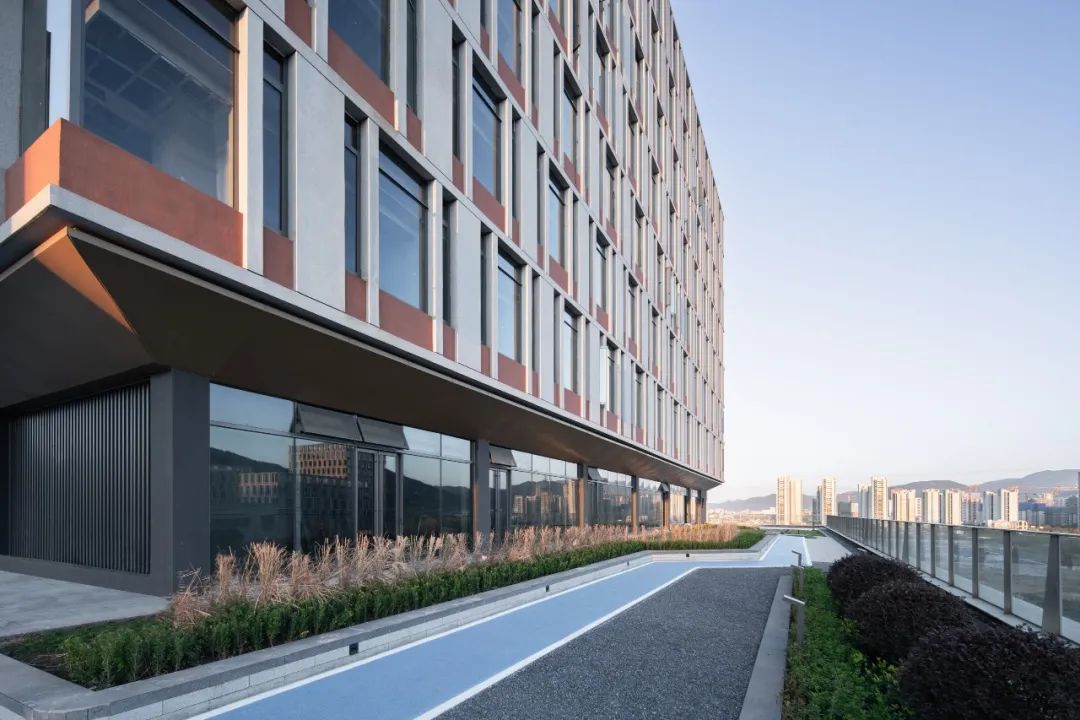

02 Efficient Production Flow vs. Strolling in a Park-like Environment: Production-oriented Industrial Parks Guided by Efficient Circulation

The existing site is divided into east and west sections by urban access roads. The east plot has been confirmed for government repurchase and is planned for the construction of high-rise R&D electronic factories. The west plot is primarily focused on cluster-style sales-oriented industrial factories, with spatial requirements considering the versatility for both internal industrial production and research office functions.



In the overall site design, we prioritize the efficiency and rationality of production flow, ensuring an organized and efficient traffic layout, resulting in a simple and orderly road network. On the other hand, with the fundamental utilization of density, we have organized a central garden by maneuvering individual buildings. Combined with the landscape design of courtyards on the ground floor and the streamlined design for separating customer and goods flow, the overall result is a high-quality park environment.
 △ Generated Diagram
△ Generated Diagram
 △ Model Photo
△ Model Photo为兼顾城市形象,我们将最高的两座60米塔楼置于西地块的最北侧,面向城市主干道,同时符合南低北高日照关系。场地南侧是正对高铁的城市展示面,我们将场地西南面的建筑抬高,做特殊化形体处理,整体形成高低建筑互相咬合、建筑语言层次清晰的形象。
 △ From conceptual model to completed reality
△ From conceptual model to completed reality
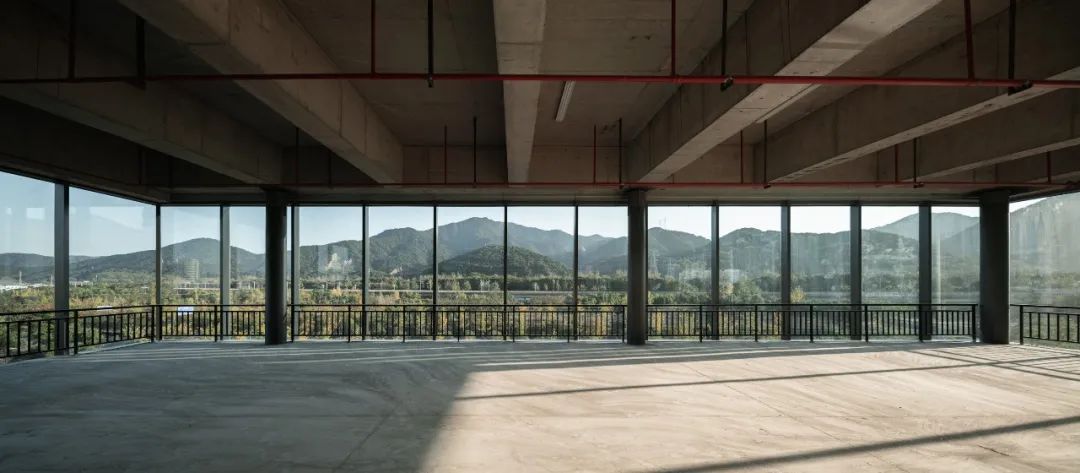
To achieve a 2.0 plot ratio, four seven-story semi-detached factory buildings, each 31 meters in height, are sequentially arranged along the secondary road on the west side. This arrangement creates a continuous interface facing outward and a high-quality park environment internally. Additionally, ten multi-story standalone factory buildings are strategically positioned."
 △ From conceptual model to completed reality
△ From conceptual model to completed reality


03 Standard Construction vs. Individual Showcase: Ultimate Quality Control within Conventional Costs

With the rapid development of production-oriented industrial parks following the trends of a younger workforce and diversified functional integration, differentiated and personalized architectural environments are gradually becoming the core competitive strengths of clustered parks.


 △ Facade Material Samples
△ Facade Material Samples △ Material Control at Construction Site
△ Material Control at Construction Site

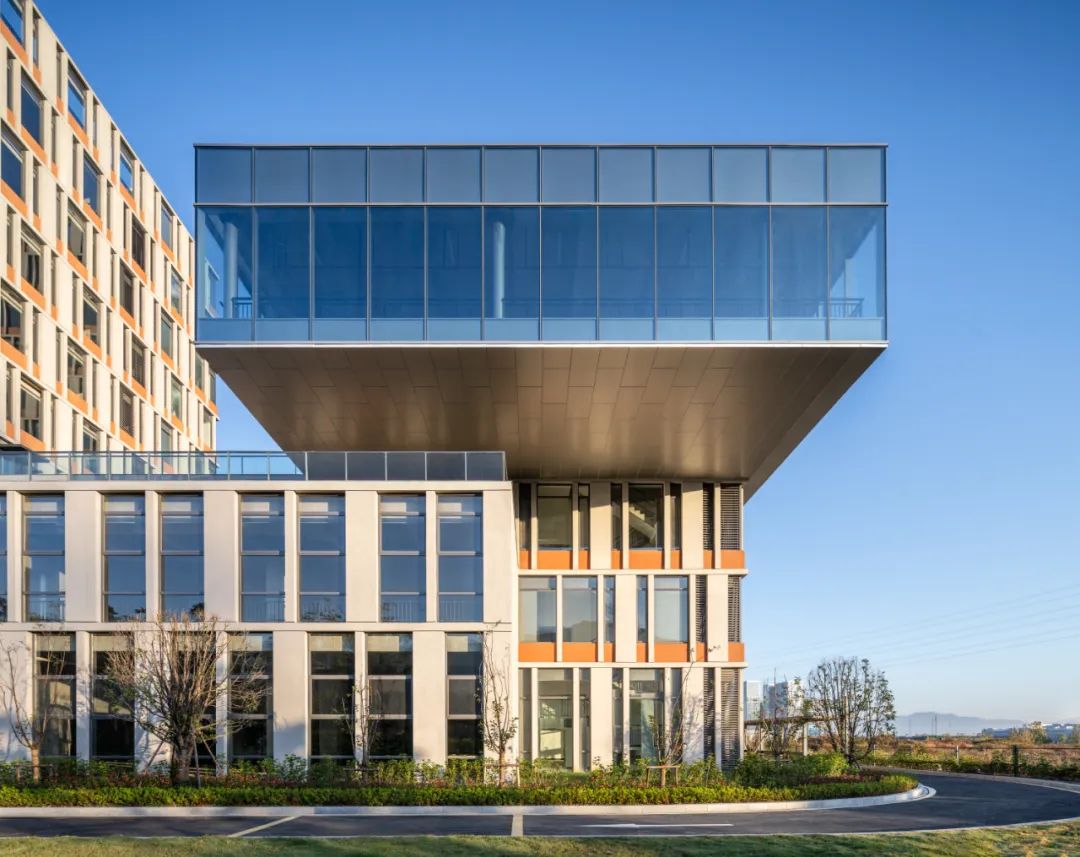
The high-rise and multi-story buildings located at the periphery of the site adopt a facade language of homogeneous window panels, creating a unified and distinct overall image. The use of homogeneous window panels also ensures uniform indoor lighting, meeting the most basic functional requirements of industrial production for space.


To prevent damage to the glass during the production process, such as the transportation of equipment and materials, we have abandoned the practice of using floor-to-ceiling glass from the previous generation industrial park. Instead, we have set a 900mm high windowsill under the windows, which not only saves costs but also meets practical production needs. Additionally, as a design element of the facade, the recessed windowsill is painted with orange textured paint to enhance the facade's sense of depth.
 △ Typical Wall Structure Model of High-rise Factory Building
△ Typical Wall Structure Model of High-rise Factory Building  △ Typical Wall Structure of High-rise Factory Building
△ Typical Wall Structure of High-rise Factory Building

 △ Construction Process
△ Construction Process
 △ Section of the Wall Structure of High-rise Factory Building
△ Section of the Wall Structure of High-rise Factory BuildingMulti-story standalone factory buildings are commonly used for the three-in-one combination of small enterprise headquarters, research and development offices, and production operations. By creating a staggered form, terraces are formed, and internally, corresponding auxiliary functions such as equipment platforms, storage rooms, and tea rooms are accommodated to achieve efficient stacking of functional spaces.
 △ Generation Diagram of Standalone Factory Building
△ Generation Diagram of Standalone Factory Building
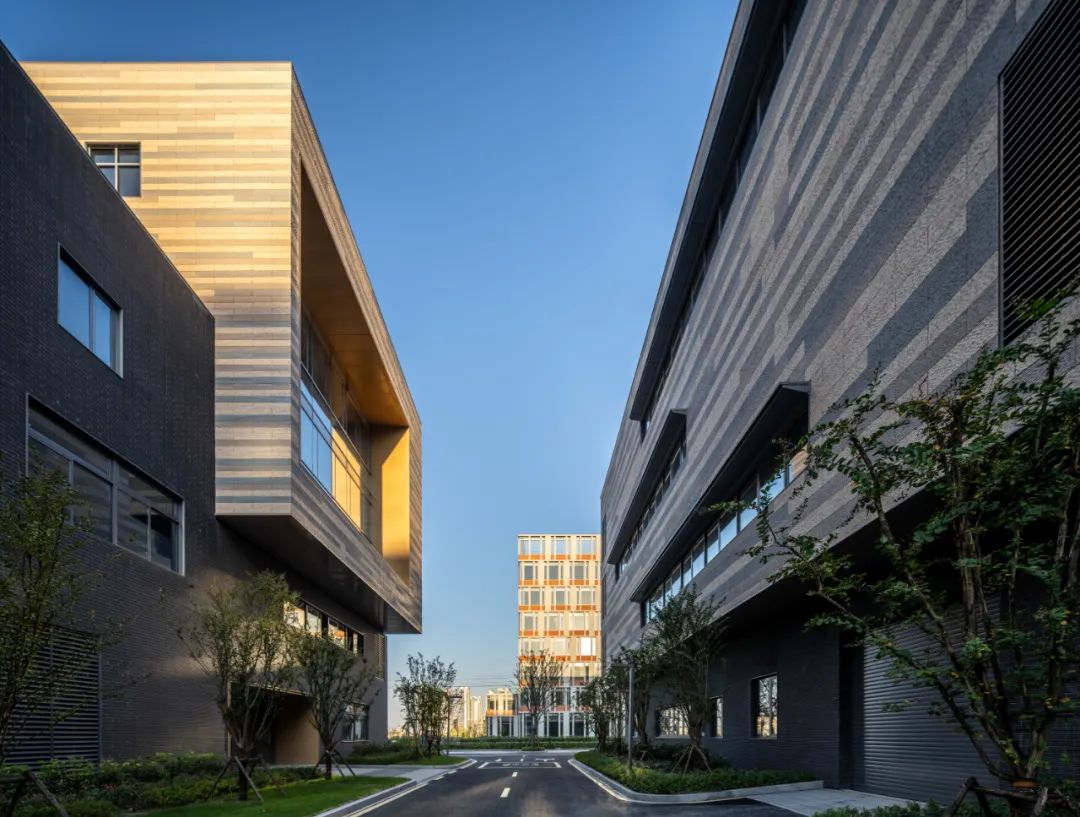


 △ Model of Standalone Wall Facade
△ Model of Standalone Wall Facade
 △ Standalone Wall Facade
△ Standalone Wall Facade
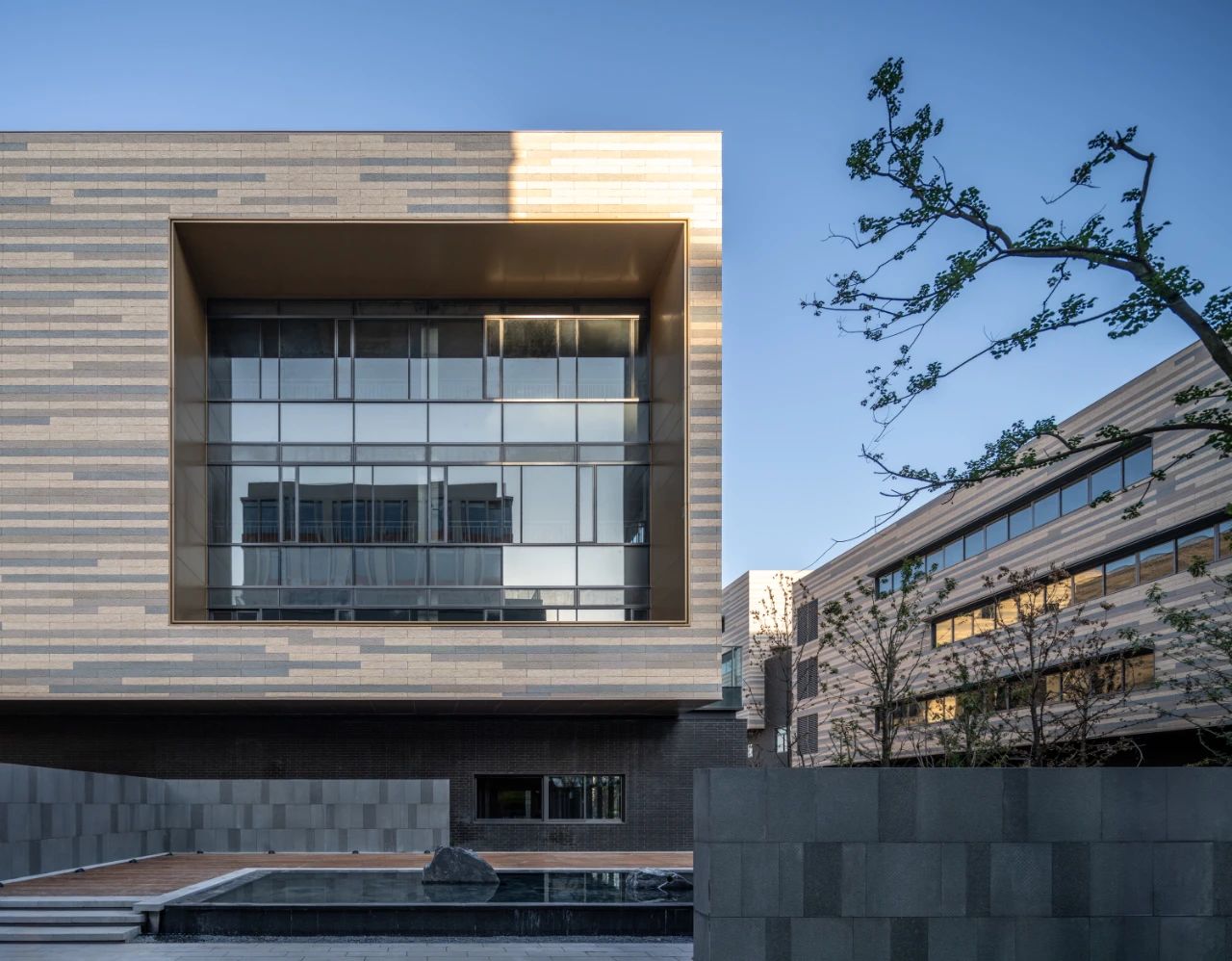

The semi-detached factory building, as a new product positioned between multi-story standalone factories and high-rise single-level factories, is designed with a focus on property ownership division. Taking into account the different property ownerships for the upper and lower parts, we use a stacking approach with two volumes to achieve a logical unity in form and ownership division.
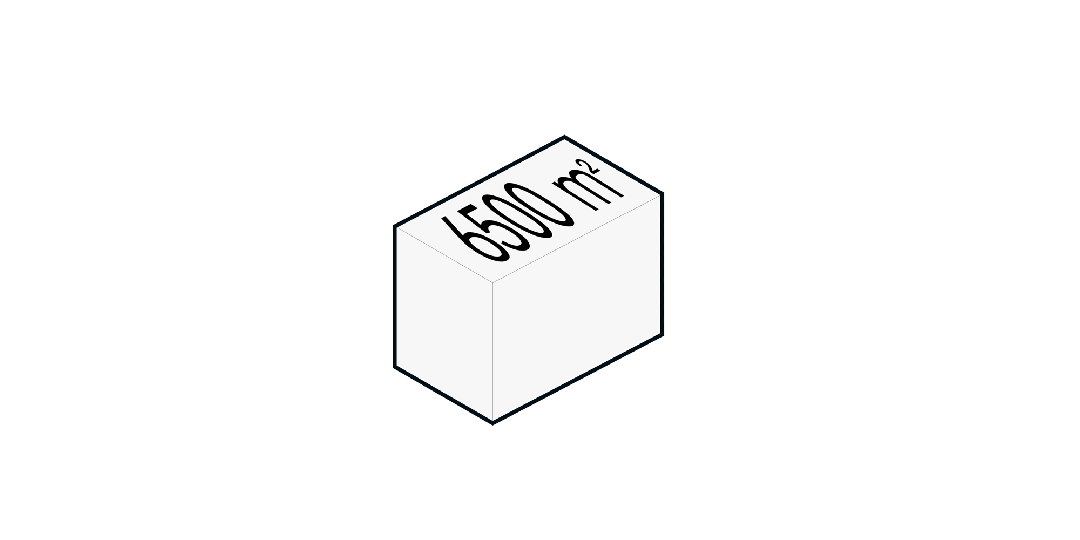
△ Generation Diagram of Semi-detached Factory


To ensure the uniformity of the street-facing facade in the park, the upper stack adopts the construction method of homogeneous vertically staggered windows, while the lower stack volume responds with horizontal band-shaped windows. The lower stack employs prefabricated concrete blocks to create a lattice pattern with staggered treatment, presenting a contrasting yet unified look. The inter-floor spaces are resolved through civil engineering to form 200*200mm grooves, alleviating the heaviness of the lower volume. These grooves are coated with dark green paint, adding a lively element to the subdued concrete texture.





04 Remark
Recently, the results of the evaluation for the 15th batch of the "Green Building Certification" project in 2022, organized by the China Urban Science Research Association, have been announced. The project has been awarded the one-star Green Building Certification, the only one in the industrial construction category.






△ High-rise 1200 sqm Standard Floor Plan

△ Semi-detached Factory First Floor Plan

△ Semi-detached Factory Fifth Floor Plan